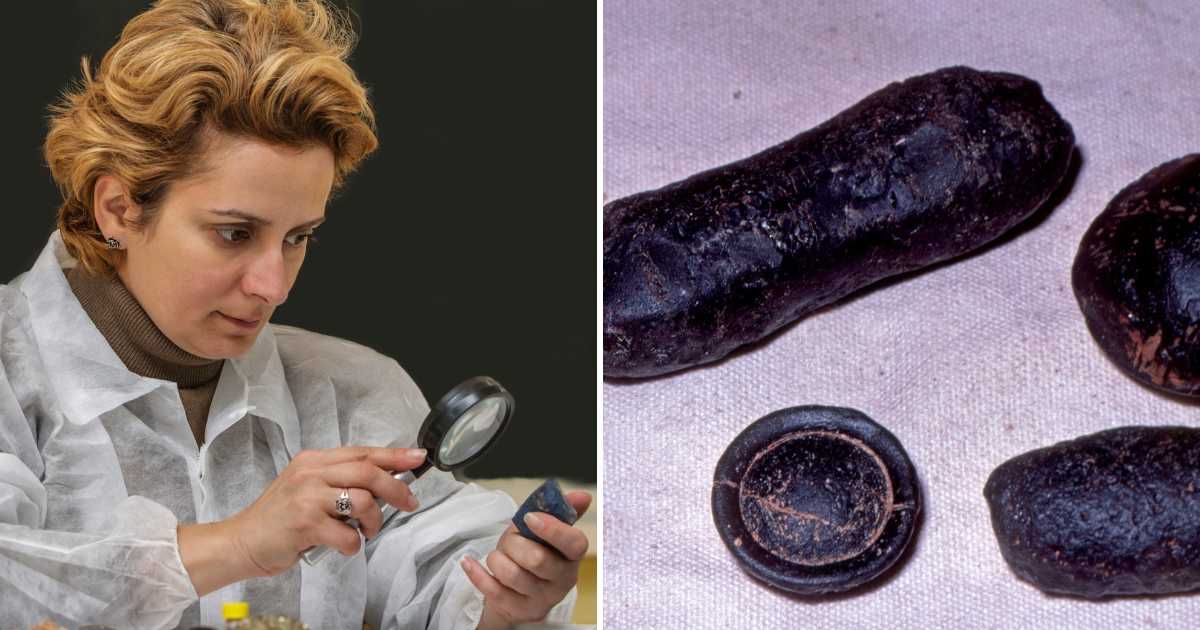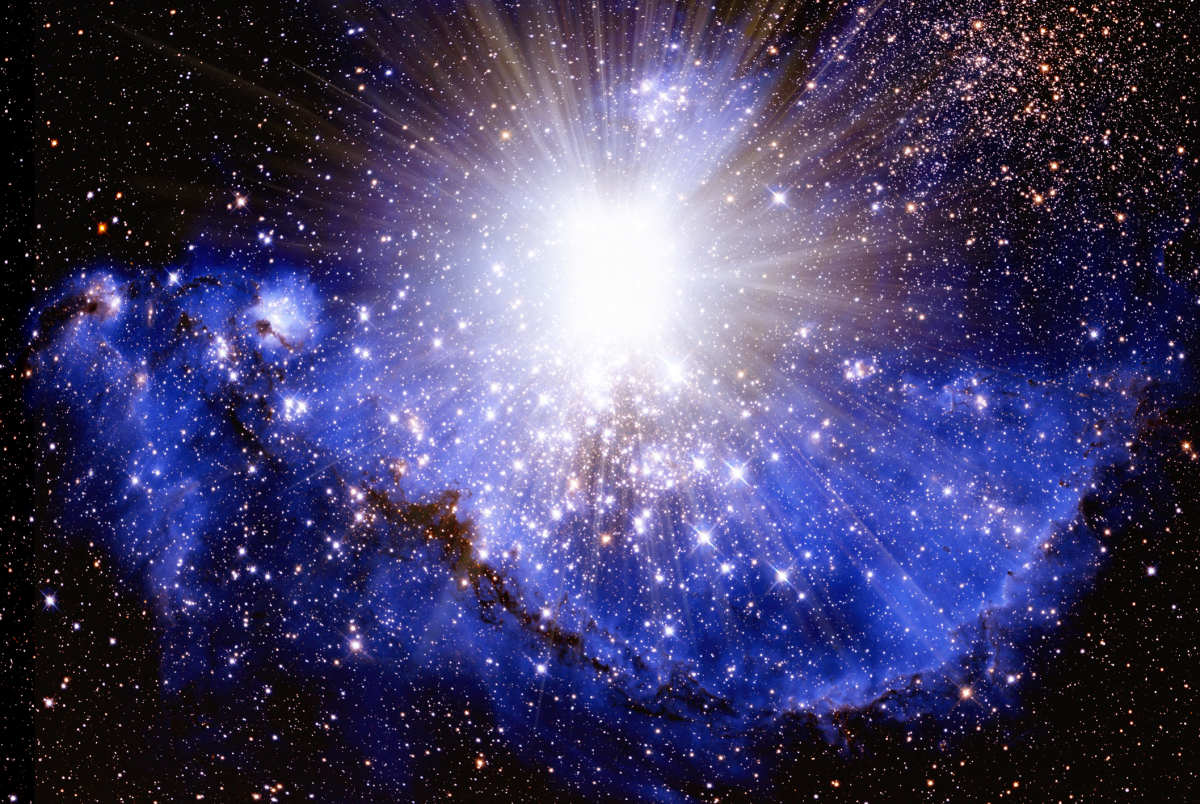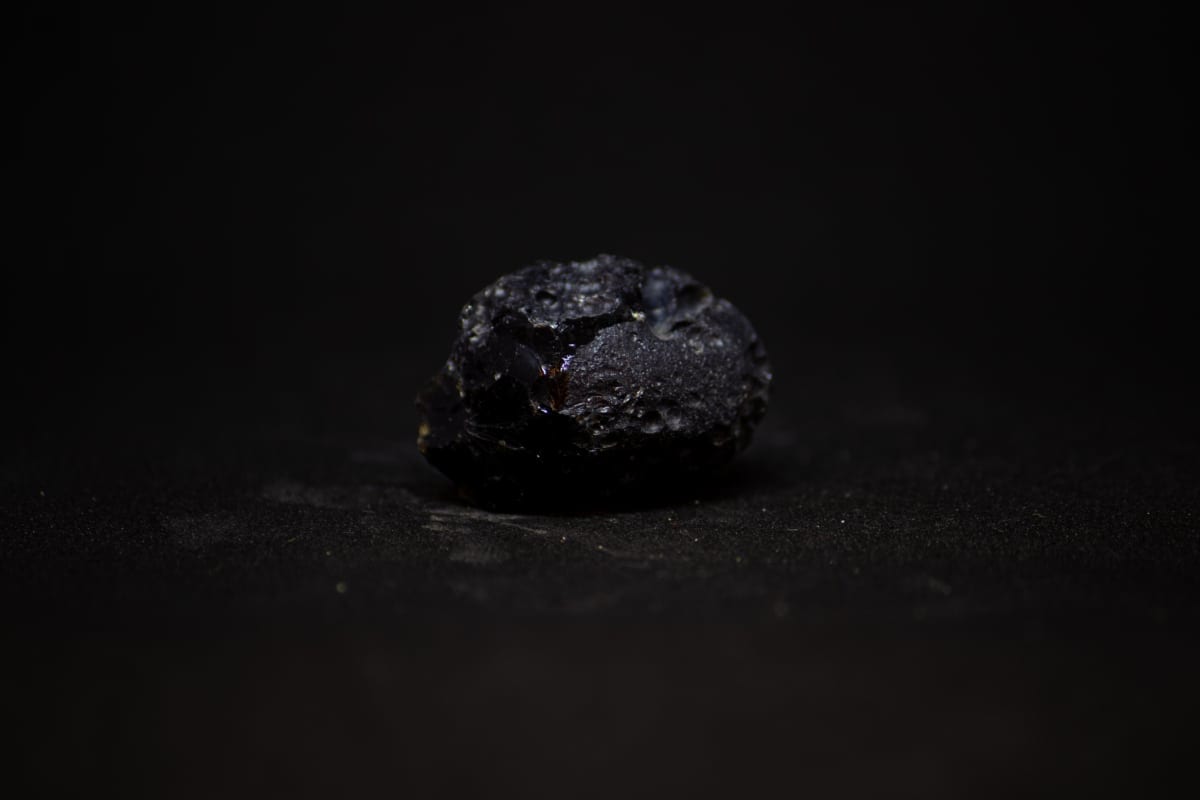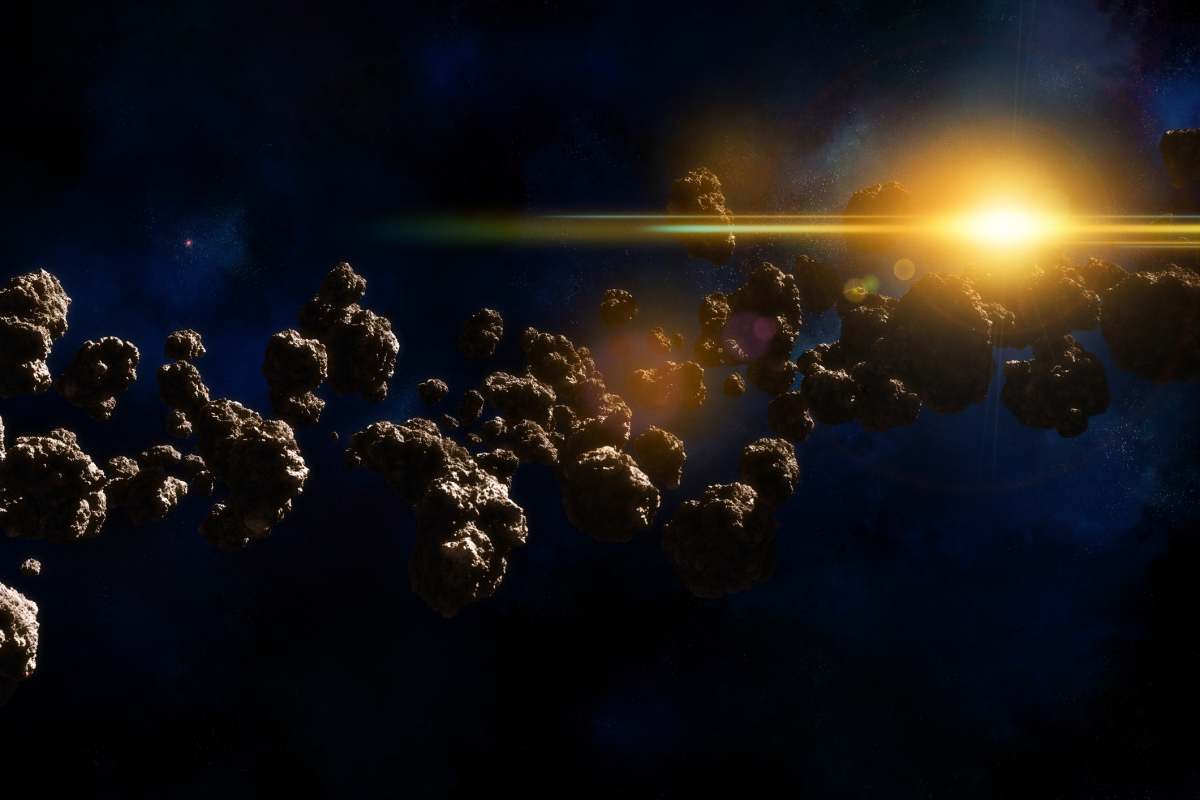Tiny Fragments From 11-Million-Year-Old Asteroid Strike Make Experts Wonder, ‘Where Is Its Crater?'

When stars explode or galaxies split apart, their crashing releases intense eddies of cosmic material that hurtle around in space, often accumulating into gigantic rocks that scientists call “asteroids.” Asteroids revolve around the Sun until the gravity of Earth and Jupiter perturbs them. When disturbed, they get thrown off their orbit and enter a collision course. They dash towards Earth, often exploding in the atmosphere. As they die, they eject powerful streams of tiny glass fragments towards the planet. Over time, these glassy fragments scatter across the Earth’s landmass, often around the impact craters. In a study published in Earth and Planetary Science Letters, scientists documented a huge shard of glass fragments strewn across Southern Australia from a mysterious asteroid strike.

The most surprising fact about these Australian glass rocks is that they were lying standalone in the Australian landscape. Typically, when an asteroid hits the Earth, it leaves at least one crater, at least a scar, etched into the land. The bulk of the falling glass fragments settles in the proximity of this crater, some of them landing around claypans, shallow depressions, and volcanic deposits. In this case, there was no evidence of an asteroid impact, not even a crater in sight. These fragments, therefore, opened up a new window into the geological history of Australia and of the Earth itself.

They are evidence that, at some point in time, an asteroid banged into the Earth, but notoriously, left no evidence of its hitting, except for these glasses. For millions of years, this event lingered in mystery, hiding from the geologists’ sight, waiting to be illuminated. Other possibilities, according to researchers, are that the asteroid could have punctured a crater, but the crater turned into a volcano or disappeared altogether, suppressed by geological forces. While the source crater and its location remain mysterious, scientists from Curtin University have investigated these glassy fragments to unleash a collection of fascinating insights.

The team has identified these fragments as “tektites.” According to UNRScience, “tektites” comes from the Greek word “tektos.” Which means “molten.” Australian Museum reveals that the first written reference to tektites dates back to about 1,050 years, documented by Liu Sun in China, who named them “Inkstone of the Thundergod.” The exact process of their formation, however, remains unknown, except that they are born due to asteroid strikes.

As Steve Mould, a science enthusiast, described, when the flurry of glass fragments hit the granite-rich soils on Earth, they had little or no time to form a crystal structure. Since the temperature of these blazing particles is too high compared to the planet’s temperature, they experience rapid heating followed by rapid cooling, which turns them into amorphous glass, featuring an assortment of shapes like pebbles, dumbbells, flanged buttons, boomerangs, flat discs, teardrops, or ovals. In a press release, Co-author Professor Fred Jourdan said that uncovering this new tektite field is like “opening a new chapter in the planet’s dramatic geological history.” These glassy pebbles, he said, are little time capsules that capture remarkable stories of the past.

A comprehensive investigation was conducted using arrays of advanced technologies and methods, including petrographic, micro-X-rays, geochemical, and isotope dating. To the astonishment of the team members, these fragments depicted an unusual and atypical feature than most of the Australasian tektites. Scientists named them “HNa/K tektites.” Lead author Anna Musolino expressed that the glasses had a “distinctive chemistry.” Not only were they found to be as old as 11 million years, but they also differed chemically and geographically from most tektites, offering clues to a tumultuous, perhaps even violent event of the past as well as the evolutionary trail of planetary defenses.
More on Green Matters
How Did Water Arrive On Earth? Scientists Believe They Finally Have an Answer
What Happens If an Asteroid Comes Too Close to Earth? Don't Panic — NASA Already Has a Plan.
Doorbell Camera Captures Rare Video of a Meteorite Crashing Into Earth For The First Time Ever